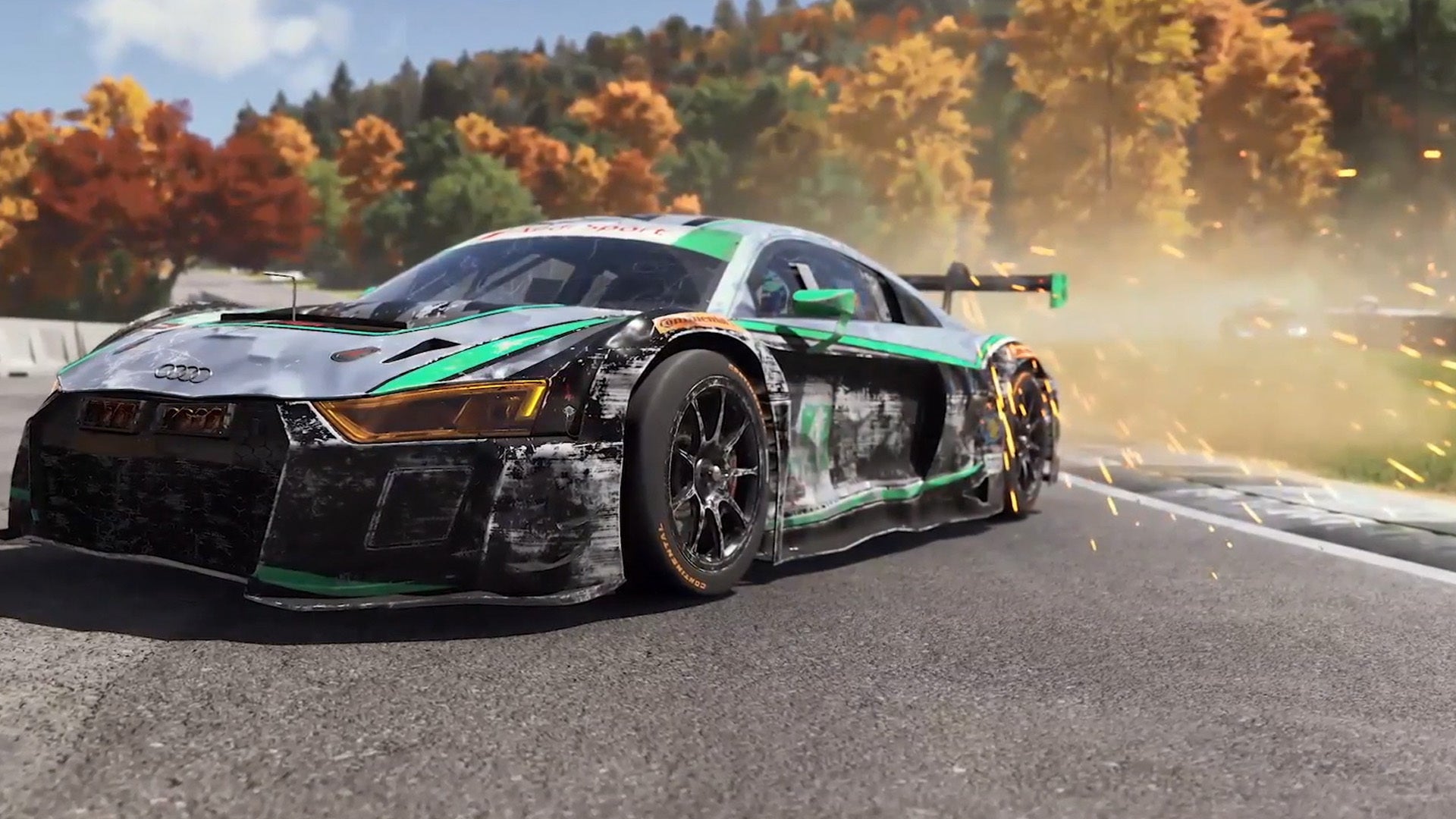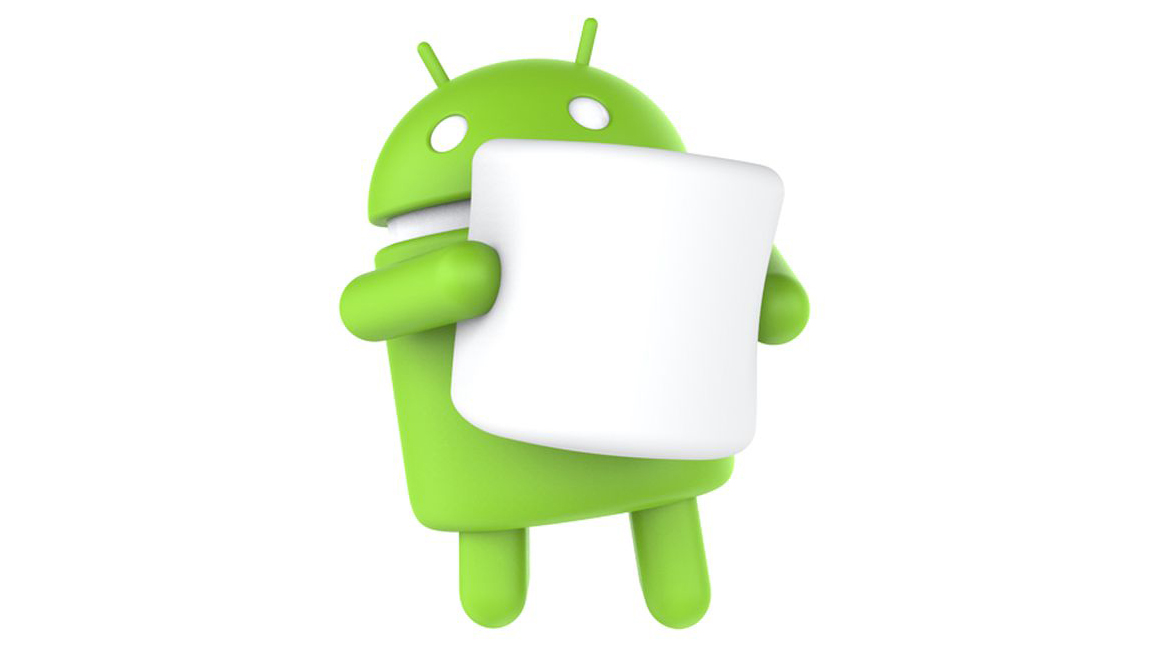Mini-LED displays have seen a surge in popularity the past couple of years as the next big thing after OLEDs. Not one to ignore consumer demand, Samsung is preparing a global launch for its first flat screen mini-LED gaming monitor: the 43-inch version of Odyssey Neo G7.
Up until this point, the company has stuck to placing the mini-LED tech on curved displays like the original Neo G7 and the Odyssey Neo G9. While curved monitors offer reduced eye strain and greater immersion for games, they tend to be pretty expensive and prone to annoying glare.
Although the price tag for the new Neo G7 model is still unknown, Samsung is directly addressing glare by outfitting it with a Matte Display. This feature will allow the monitor to reduce the amount of light reflected on the screen, “minimizing distractions during… intense gaming sessions”.
The 43-inch Neo G7 isn't as capable or powerful as the Neo G9, but it’s still no slouch. You’re looking at a 4K monitor (3,840 x 2,160 pixels) sporting Samsung’s own Quantum Matrix Technology for improved brightness plus certifications for VESA Display HDR600 and HDR 10 Plus. Translated into plain English, the display will showcase deep, rich blacks, and expressive colors in a high amount of detail.
It also has a 144Hz refresh rate for fast response times – vitally important for intense gameplay. Support for AMD FreeSync Premium Pro is present to deal with common PC gaming problems like “stuttering, input latency, and screen tearing”. However, this feature only works on Radeon Rx 200 and later GPUs.
Customization
Regarding customization, the 43-inch Neo G7 has Flex Move Screen that allows users to “shrink” the screen display down to 20 inches and lower the aspect ratio from 21:9 to 16:9.
The difference between the two sizes comes down to a matter of preference, in all honesty. Some players might prefer a 20-inch screen, as not all games, especially older titles, look good or work well in an ultrawide aspect ratio like 21:9. There's also Samsung Game Bar, a quick menu of sorts allowing players to adjust the Neo G7’s settings on the fly without having to leave the game. You can tweak things like the screen ratio and high dynamic range, as well as enable Game Picture mode.
As mentioned earlier, Samsung has yet to reveal the official price tag and announce a specific launch date other than sometimes in Q1 2023 (so within the next few months or so). You can, however, send an inquiry to Samsung asking for more information, which we did.
If the company informs us of the price tag, we’ll be sure to update this story with the new info. Considering it’s a 4K monitor with high-performing features, it’ll be pricey for sure, but probably not as expensive as the Neo G9.
Demand for Mini-LED
The demand for Mini-LED displays is slated to grow exponentially within the next decade. According to Straits Research, the Mini-LED market is “projected to reach $1.24 billion by 2030.” Various companies across the tech industry have already been making moves by working on new Mini-LED products like Lenovo’s upcoming ThinkBook 16p to Hisense’s U8H TV.
If you're wondering what the difference is between Mini-LED and OLED screens, another high-quality image standard, check out TechRadar's analysis from last year. We compared the two standards and found that Mini-LED displays may be the better buy in the long term.


